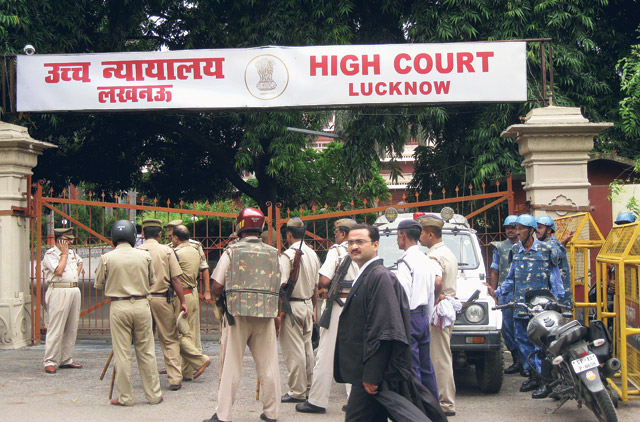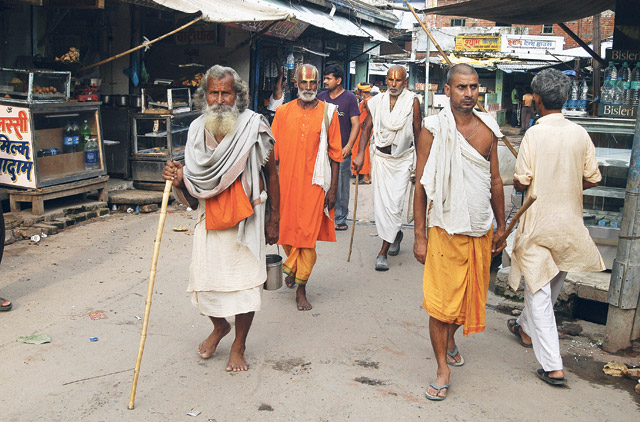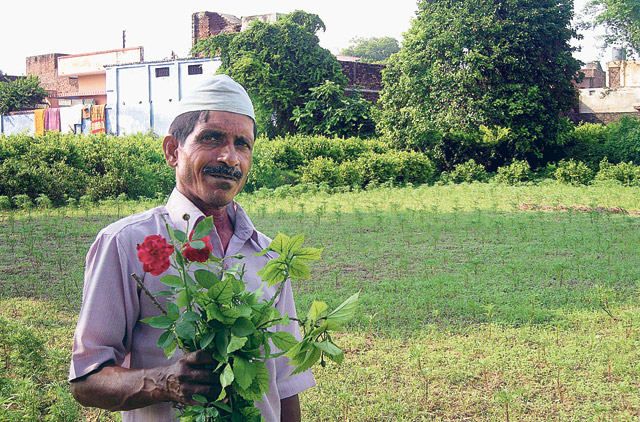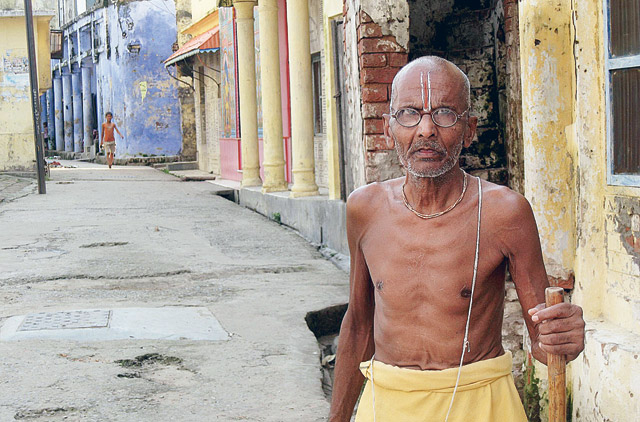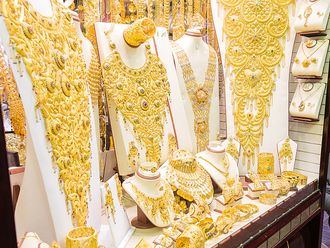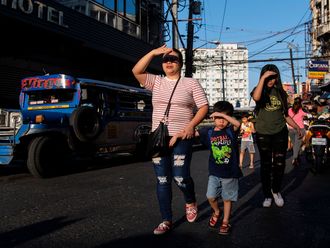
Ayodhya: This northern Indian city on the banks of the Saryu river has been the ground zero of India's numerous communal earthquakes. Calm in Ayodhya is critical for peace across the rest of India. And the city's residents are painfully aware of this fact more than anyone else.
Ayodhya has a population of around 100,000 Hindus and 7,000 Muslims. The lives of Hindus and even some Muslims revolve around the 6,000 temples dotted around this congested ancient city.
Interview: Jilani - Fighting a long and messy legal battle
One such Muslim is Aneesh Mohammad who owns a 1.5 acre plot barely a kilometre from the disputed Babri Masjid-Ram Janmabhoomi complex. The Hindus have been demanding a temple on the site where a Mughal mosque stood until December 6, 1992 when a Hindu mob razed it to the ground.
The Hindus say the mosque site is the birthplace of Ram, a claim ferociously contested by Muslims.
Interview: Vinay Katiyar riding on the popularity of temple movement
Mohammad, 50, gets up at five in the morning and begins carefully picking marigolds and roses from his garden out of the front of a 100-year-old mosque. His regular customer, a Hindu priest from the nearby Hanumangarhi temple, is always on time to pick up a fresh consignment of flowers. The poor Muslim gardener earns between Rs70,000 and Rs80,000 a year selling flowers to Hindu temples near the disputed complex.
For the temple priests, Mohammad, a fifth-generation flower grower, is a reliable supplier who ensures that the gods receive fresh offerings every morning.
The congested neighbourhood where Mohammad lives contains just 12 Muslim homes surrounded by Hindu temples and Hindu homes. But this is of no concern to Mohammad. He is worried that any disturbance after an expected high court order on the mosque-temple dispute will affect his livelihood. Riots usually lead to long curfews during which business and life are severely affected.
Similarly, Mohammad Edris Khan, 55, a municipal clerk, who also lives in the neighbourhood, is not concerned about his own or his family's security in the event of any riots. "We all live together and we never had any problems from Hindus," Khan said. "This is all politics. It makes no difference to us whether a temple is built or not," he said referring to the century-old dispute.
From Mohammad's flower garden, a recently paved road — the only sign of development in the neighbourhood — leads to a row of temples dedicated to the Hindu diety Hanuman. Many temples are more than a century old.
Hindus, Muslims, monkeys and street dogs have lived peacefully together in this narrow lane for many years. The monkeys and dogs wait patiently outside the temples for the Hindu devotees who feed the animals after they finish their rituals to please the gods. .
Vijay Sharma, who reported on the demolition of the mosque, said: "During a long curfew in 1992, district administration had to distribute roasted chickpeas for monkeys as the hungry animals began raiding kitchens of the security forces".
Religion a livelihood
The inhabitants of Ayodhya, both the humans and the animals, have basic day-to-day needs. While for most residents, their religion is their livelihood, this can be a bone of contention for outsiders.
Barely a kilometre away from Mohammad's farm is India's most protected religious site. A contingent of more than 3,000 security personnel drawn from federal and state para-military forces protect an 80 acre area ringed by a 12 foot high, yellow, barbed wire fence.
The Federal Government is in-charge of the security and Hindu devotees are allowed to worship in a makeshift Ram temple twice a day. This temple was built after the mosque was destroyed in 1992.
In 2005, five armed terrorists tried to storm the temple complex. All of them were killed by the security forces.
Several hundred metres away from this temple, security forces search all devotees, collect their mobile phones, pens, camera, and any food they're carrying, and push them towards a narrow path, fenced on both sides. It takes around three hours to reach the temple and return.
This security is expected to be tightened ahead of the high court verdict expected on September 24. The government said it was not willing to take any chances: after all, calm in Ayodhya is critical for peace in rest of India.


